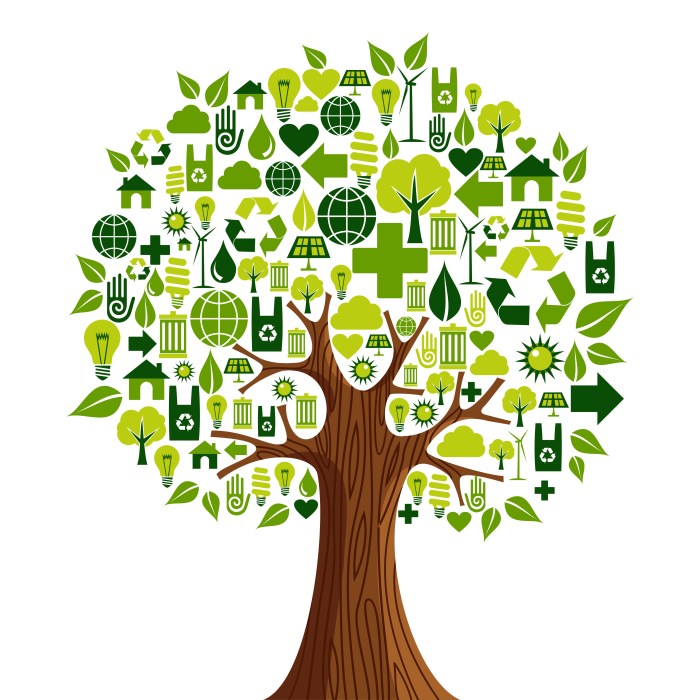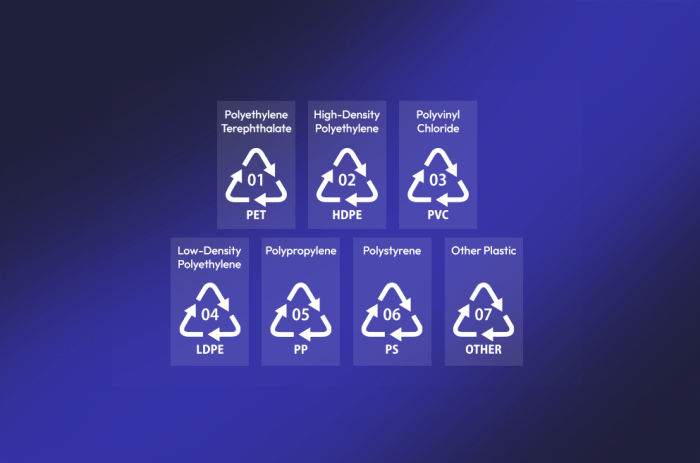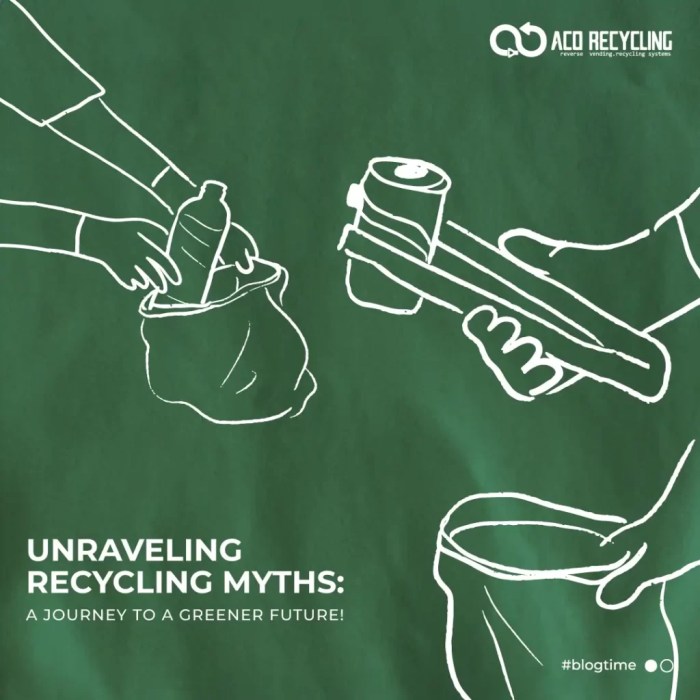Dive into the world of recycling as we uncover and debunk four common myths that many believe to be true. From exploring the origins of these misconceptions to shedding light on the truth about recycling, this introduction sets the stage for an eye-opening discussion.
Learn about the benefits of recycling, the evolution of recycling practices over the years, and the environmental impact of our recycling efforts.
Common Recycling Myths

There are several common recycling myths that many people believe in today. These myths often lead to misconceptions about recycling practices and hinder efforts towards a more sustainable future.
Myth 1: Recycling is not worth the effort
Some individuals believe that recycling is not worth the time and effort because they think it does not make a significant impact on the environment. This myth may have originated from a lack of understanding of the cumulative effect of recycling on reducing waste and conserving resources.
Myth 2: Everything placed in the recycling bin gets recycled
Another prevalent myth is that all items placed in the recycling bin automatically get recycled. In reality, not all materials are recyclable, and contamination can prevent recyclable items from being processed effectively. This misconception may have arisen from a lack of awareness about recycling guidelines and processes.
Myth 3: Recycling is too complicated
Some people believe that recycling is a complicated process that requires a lot of sorting and effort. This myth may stem from confusion about what can and cannot be recycled, as well as the different recycling rules in various communities. Lack of education and clear information on recycling practices may contribute to this misconception.
Myth 4: Recycling is expensive and not cost-effective
There is a common myth that recycling is expensive and not economically viable. This misconception may have originated from the belief that the costs associated with recycling outweigh the benefits. However, advancements in recycling technologies and processes have made recycling more cost-effective and sustainable in the long run.
The Truth About Recycling

Recycling plays a crucial role in preserving our environment and conserving valuable resources. By reducing the need for raw materials, recycling helps to lower energy consumption, decrease greenhouse gas emissions, and minimize waste in landfills.
Benefits of Recycling
- Conserves natural resources such as timber, water, and minerals.
- Reduces the energy required to manufacture new products, leading to lower carbon emissions.
- Helps protect wildlife and ecosystems by minimizing habitat destruction and pollution.
- Creates job opportunities in the recycling industry and contributes to a more sustainable economy.
Recycling Now vs. Decades Ago
- Today, recycling programs are more widespread and accessible to the public compared to a few decades ago.
- Advancements in technology have made recycling processes more efficient and cost-effective.
- Increased awareness about environmental issues has led to a greater emphasis on recycling and waste reduction.
Environmental Impact of Recycling
- Recycling one ton of paper can save up to 17 trees, 7,000 gallons of water, and 463 gallons of oil.
- Aluminum recycling saves 95% of the energy compared to producing new aluminum from raw materials.
- Plastic recycling helps reduce the amount of plastic waste ending up in oceans and harming marine life.
Recycling Misconceptions

There are common misconceptions about recycling that can lead to certain materials not being properly recycled. Understanding the reasons behind these misconceptions and knowing how to recycle different types of materials can help in improving recycling practices.
Non-Recyclable Materials
Not all materials are recyclable due to various reasons such as contamination, lack of recycling facilities, or economic viability. It is important to know which materials should not be placed in recycling bins to avoid contaminating the recycling stream.
- Styrofoam: Styrofoam is not easily recyclable due to its lightweight nature and lack of demand for recycled styrofoam products.
- Plastic bags: Plastic bags can clog recycling equipment and should be returned to grocery stores for proper recycling.
- Broken glass: Broken glass can pose safety hazards to recycling workers and should be disposed of in a separate container.
Recycling Process
Recycling different types of materials involves specific processes to ensure they can be effectively recycled and reused. Understanding the recycling process for various materials can help in proper recycling practices.
- Plastic: Plastic materials are sorted by type, cleaned, shredded, melted, and then formed into new products.
- Paper: Paper is sorted, cleaned, pulped, dried, and rolled into new paper products.
- Glass: Glass is sorted by color, crushed, melted, and molded into new glass containers.
Tips for Proper Recycling
To avoid common misconceptions and ensure proper recycling, follow these tips:
- Rinse containers before recycling to prevent contamination.
- Check local recycling guidelines for what can and cannot be recycled in your area.
- Avoid wish-cycling – only recycle materials that are accepted by recycling facilities.
Last Recap

In conclusion, the debunking of these recycling myths opens up a new perspective on how we view and approach recycling in our daily lives. By understanding the truth behind common misconceptions, we can all play a part in creating a more sustainable future.